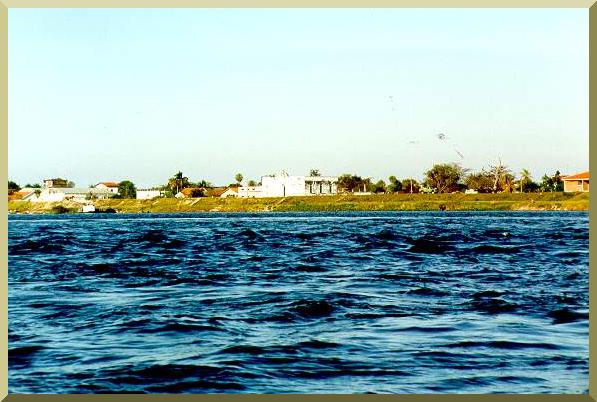|
I have been researching the kinematic wave since 1976.
In 1991, I published
"The kinematic wave
In my experience, the words "kinematic wave" arouse in the average hydrologic
practitioner thoughts
ranging anywhere from technical sophistication
(a wave which transports mass, and which can develop into a kinematic shock)
to physical unrealism (is it there, or not?).
This has continued to fuel the controversy,
despite more than
one-hundred years of practical experience and fifty years of theoretical research.
In fact, the kinematic wave was
identified and measured by Seddon in 1900, and christened by Lighthill and Whitham in 1955.
Yet, even the well respected
U.S. Army Corps of Engineers' HEC-1 model had confused the concept of kinematic wave.
In the summer of 1995, I attended the ASCE Hydraulic Engineering Conference, in San Antonio,
Texas. One morning, I joined a group of attendees in the lobby of the hotel,
and coming in at the middle of the conversation, heard one of them say:
"We applied the kinematic wave and had good results with it."
Anxious to make a point, and pretending not to have a clue,
I said: "What is it? Can you explain it to us?"
The man's face suddenly turned red, and he said, abruptly:
"I've just remembered I have something else to do. See you later."
| ||
|
|
